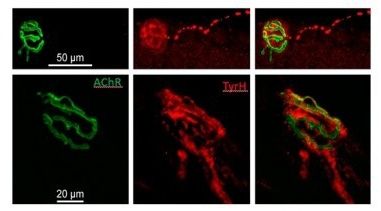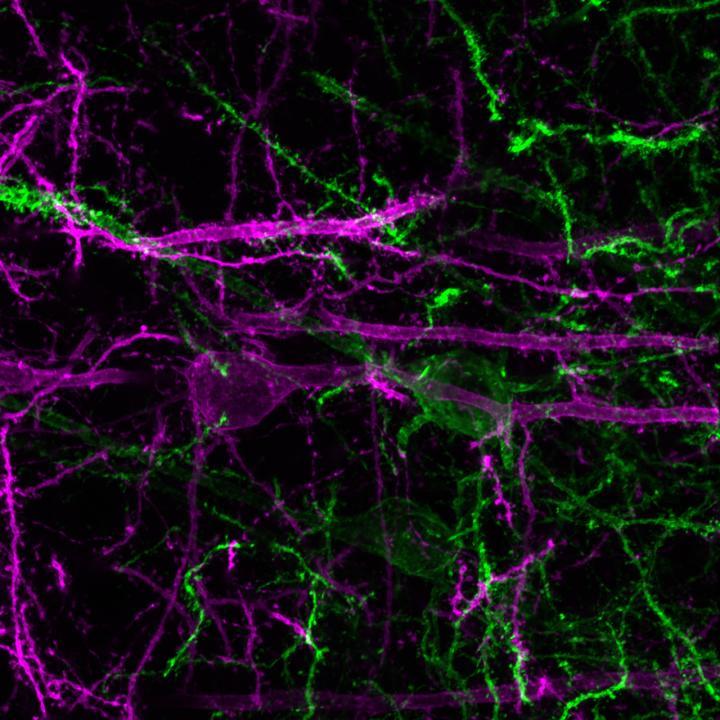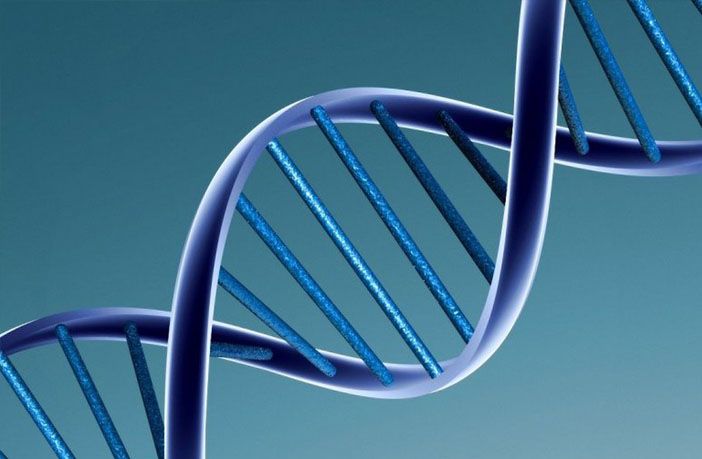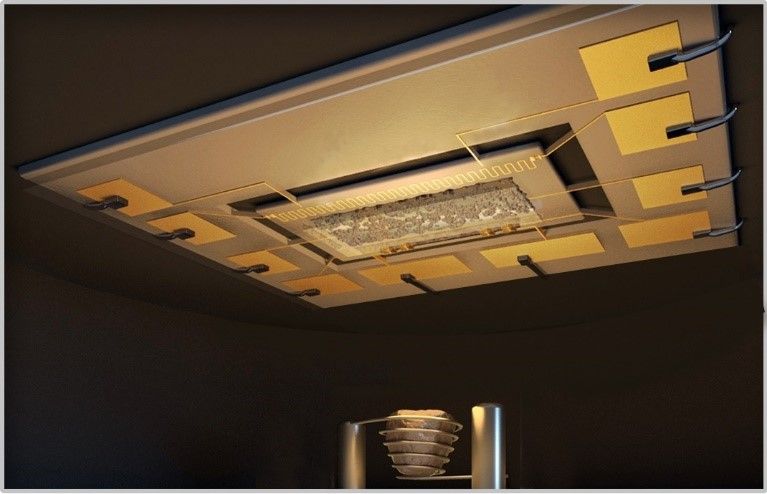Contrary to what has long been believed, the role of the sympathetic nervous system in muscle tissue goes far beyond controlling blood flow by contracting or relaxing blood vessels, according to studies conducted at the University of São Paulo (USP) in Brazil.
With support from FAPESP and the collaboration of researchers at Mannheim University and Heidelberg University in Germany, a group of Brazilian researchers led by Isis do Carmo Kettelhut and Luiz Carlos Carvalho Navegantes at the University of São Paulo’s Ribeirão Preto Medical School (FMRP –USP) have demonstrated the importance of sympathetic innervation for the growth and maintenance of muscle mass and also for the control of movement.
Kettelhut is a full professor at FMRP -USP’s Biochemistry & Immunology Department. Navegantes is a professor in the same institution’s Physiology Department.







